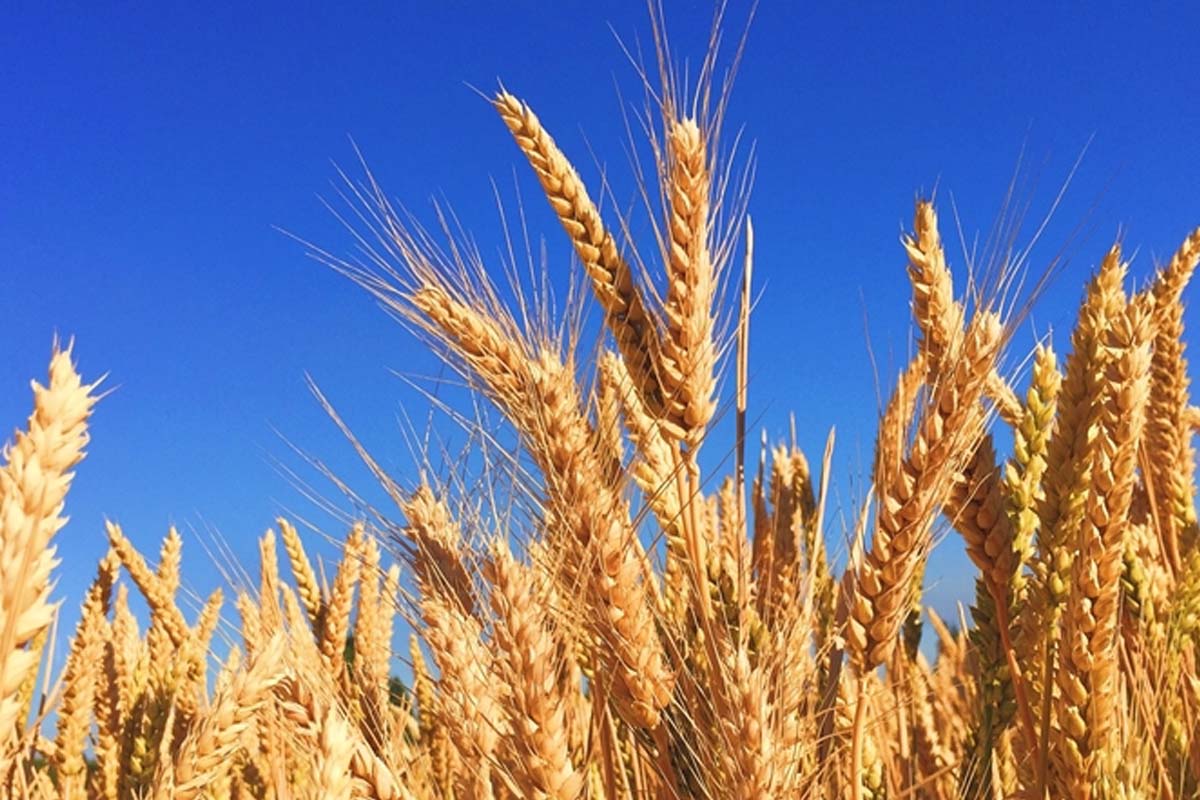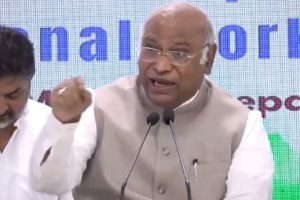The Food and Agricultural Organisation (FAO) of the United Nations works to alleviate poverty and hunger by promoting agricultural development, improving nutritional standards and pursuing food security. FAO is responsible for the access of all people at all times to the food they need for an active and healthy life. It was founded at a conference at Quebec City on 16 October 1945. The date is observed every year as World Food Day.
World Food Day (WFD) 2020 marks the 75th anniversary of FAO at an exceptional moment as countries around the world deal with the widespread effects of the Covid-19 pandemic that has killed more than one million people with many regions still reporting surging numbers of new infections. The pandemic has brought hard times for many farmers and has imperilled food security for millions both in the cities and the countryside. Reports from the UN headquarters suggest that the risk of famine has been intensified in some African countries. WFD is an ushering call for global solidarity and cooperation to help the most vulnerable people to recover and make food systems more sustainable, stronger and resilient to shocks. The theme for WFD 2020 is ‘Food safety, everyone’s business’.
Advertisement
Even though improvements in agriculture have sustained food supplies to meet the growing world demand, hunger remains a serious problem. Food security is vital for human existence. What Malthus called “the power of population” has been matched and exceeded by the power of innovation, science and technology.
Global food production today is sufficient to provide everyone on Earth an adequate diet. FAO has revealed that on an average, 2800 calories are available per person after livestock is fed and post-harvest losses are accounted for. Yet, close to two billion people do not have regular access to safe, nutritious and adequate food. They do not get even 2200 calories per day, generally accepted as the nutritional bottom line. Worse, nearly 700 million people remain perpetually hungry, up 10 million since 2018.
The pandemic could add between 80-130 million people to this number this year depending upon the economic growth scenario. Why must anyone go hungry? The problem is not production but distribution of food and access to it. There are deeper causes of hunger.
Uneven distribution of food production and food trade, and poor access to food are the primary reasons why people continue to remain hungry and malnourished amidst plenty. Focussing on food availability alone to guide policy could lead to disastrous results. World food prices have increased at high rates and have become more volatile. This volatility has caused an enormous impact on people’s access to food in poor countries. In many of these countries, the poorest 20 per cent spend over 80 per cent of their income on food. A high price of food combined with the global economic slump has been pushing more and more people into hunger and poverty. A steady increase in hunger together with under-nutrition, micronutrient deficiencies as well as overweight and obesity clearly indicate the need to accelerate and scale up actions to strengthen food systems and protect people’s livelihoods. Today, only about ten plant species account for 65 per cent of total crop production although there are at least 20,000 edible plants. It is necessary to grow a variety of food to nourish people and sustain the planet. Over a third of all foods ends up going to waste, a problem prevalent in wealthy Western countries. For those hit worst by the crisis, food is no longer grown locally in sufficient quantities, or is imported and is outside the financial means of those who as a result go hungry. These are the kind of facts that are behind the drive to eliminate world hunger by 2030, the UN’s “zero hunger goal”. Only ten years are left to achieve this lofty goal which does not appear to be in the realm of possibility.
Policies that encourage investment in biofuel production have also contributed directly to food price volatility over the past decade. Although non-food crops can be used as feedstock in the production of bio-fuels, in most countries, the main crop used for this purpose is maize. In 2000, the global land use for ethanol production was around 10-m hectares, this is projected to rise to 120-m hectares by 2025. Biofuels are seen by many governments as a means to contribute to the diversification of energy supply and sustain agricultural incomes by creating new outlets for several products notably cereals, vegetable oils and sugar plants.
A period of keen interest was witnessed during 2000-2010 which led many countries such as US, the EU, Brazil and also several Asian countries to set ambitious policy targets for biofuels. But the exorbitant rise in agricultural prices and severe worldwide food crisis during 2007-09 had severely depreciated the public image of bio-fuels because of their potential negative impacts on world food scarcity.
It is today a matter of considerable controversy. The future of bio-fuels remains uncertain. The corn ethanol lobby believes that in the absence of technology capable of utilising more advanced bio-fuels now or in the foreseeable future, corn ethanol will remain in high production. This will have an adverse effect on food production.
On the one hand, it will reduce land availability for other crops and on the other it will directly affect the demand for sugar, corn and oil-seed rape. One estimate has concluded that between 20 and 40 per cent of increase in the prices of agricultural commodities is attributable to the boom in bio-fuel production. The US based Population Institute suggests that bio-fuel production by 2050 will require a land area about the size of France and Spain combined.
Historical demographers estimated that around the year 1800, world population was around one billion people. It took over two million years of human history for the world population to reach 1 billion. It has taken only 200 years more to reach 7 billion. In 2019, world population was 7.7 billion. Today it is about 7.9 billion. By 2050, the world’s population is projected to reach 9 billion. Nearly all of this increase will occur in developing and less developing countries. Urbanisation will continue at an accelerated pace and about 70 per cent of the population will be urban as compared to about 50 per cent today. Income levels will also be higher than what they are now. In order to feed this larger, more urban and richer population, food production (net of food used for bio-fuels) needs to be increased by at least 70 per cent.
The required increase in food production can be achieved if investments are made and policies conducive to agricultural production are put in place. But increasing production is not enough to achieve food security. It must be complemented by policies to enhance access by fighting poverty, specially in rural areas as well as effective safety net programmes. Commercial investments in agriculture should be promoted as should rural infrastructure and telecommunications connectivity, all the while taking into account the potential environmental impacts and sustainability concerns related to the expansion of the agricultural industry. Hunger can persist amid plenty because the poor lack income opportunities. Experience of countries that have succeeded in reducing hunger and malnutrition shows that economic growth does not automatically ensure success, the sources of growth matter too. Small-scale farmers are not accommodated by the existing economic trade system as are large-scale farmers.
Farmers need to be able to make their own choices on issues such as the most appropriate seeds to use, which crops to grow and which markets suit their production. To this end it is important to strengthen farmers’ organisations as an integral component of the food production chain and in order to increase the strength of small-scale farmers in the market economy.
Agriculture in the 21st century faces multiple challenges. It has to produce more food and fibre to feed a growing population with a smaller rural labour force, more feedstock for a potentially huge bio-energy market, contribute to overall development in the many agriculturedependent developing countries, adopt more efficient and sustainable production methods and adapt to climate change. The world has the resources and technology to eradicate hunger and ensure long-term food security for all despite challenges and risks. Today, after accounting for other forms of land use, about 70 per cent of all cultivated land is devoted to producing cereal grains. These crops provide the bulk of human nutrition either from direct consumption or from eating the meat of animals that consume food grains.
Traders and travellers transplanted local crops around the world and these “green emigrants” flourished in their new homes on alien soil. Wheat was native to the valleys of the Tigris and Euphrates rivers in what is now Iran, Iraq, Turkey and Lebanon. It now grows in plenty all over the world. If we do manage to produce enough, we should have the will to distribute the earth’s bounty to all those who need it. Current agricultural policies practised globally only encourage food price volatility and deep inequities in the distribution of food. It is possible to create a hunger-free world provided the governments have the political will to ensure the basic elements of reliable food supply.
This is the message for the WFD 2020.
The writer is a former central civil service officer who retired from the Ministry of Defence











